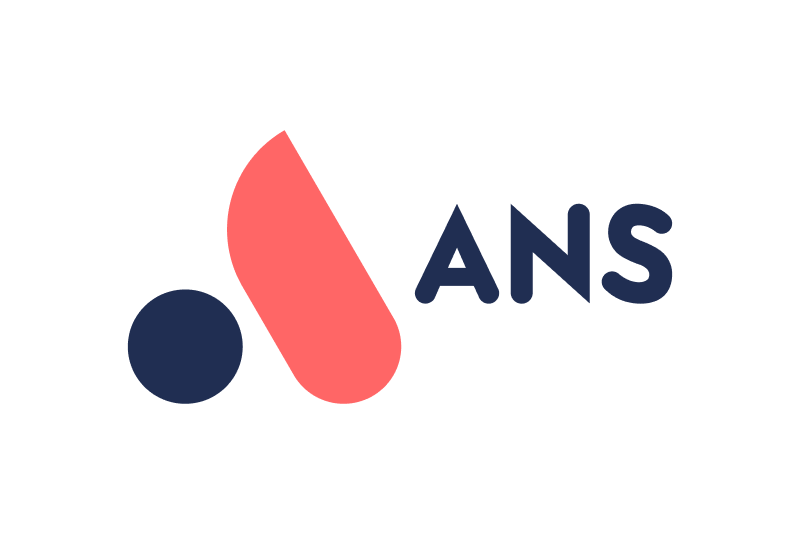“Very few people or companies can clearly articulate WHY they do WHAT they do. By WHY I mean your purpose, cause or belief – WHY does your company exist? WHY do you get out of bed every morning? And WHY should anyone care?” — Simon Sinek, Author, Start with Why
In any business initiative, best-selling author Simon Sinek encourages companies to start with the Why. And then to figure out the How. Business outcomes, simply defined, are what you want a technology solution to help you achieve. They are the Why behind the technology.
Business Outcomes are used as:
· A communication vehicle to the extended team
· Input for roadmap or technology scoping sessions
· A primary driver for ongoing outcomes discussions and cadence
· A model for driving and gaining alignment for other initiatives
For example, a company may want to grow with existing customers. What actions are they going to take to move the needle? Business outcomes must be measurable so that the company knows whether their tactics are effective in reaching their desired business outcomes. Usually, they are measured with a lagging indicator, looking at whether revenue went up or down, for example.
If increasing revenue from existing customers is the goal, how much do you want to increase revenue and over what time period? A company may believe that more visits to a customer will result in increased revenue. How many more visits will they need compared with today? Does the data show that increasing visits was effective, or does the company need to change course to grow with existing customers?
How do you let business outcomes lead the initiative?
Most of the time, when asked why they failed in a technology initiative, a company will reply that they didn’t get the adoption they were looking for. But adoption of what? Were they told what features they should use to accomplish the targeted business outcomes? Because technology such as CRM and ERP do a lot, and chances are, a company won’t use most of that functionality upfront. Prioritising business outcomes will help leadership determine what parts of those tools a team will use, as well as how a company should train them to use it. After all, if a company doesn’t focus on what they’re going after, they’ll end up doing nothing. Workshops focused on business outcomes alone are a great way to get started.
The business outcomes workshop that kicks off this mindset is a minimum four-hour workshop that can be held in-person or virtually; it is designed to allow C-level leaders to share and collaborate openly about strategy, goals, opportunities and challenges within their organisations. The workshop does not include any software demonstrations, discussion of technical requirements, or software training. It is a focusing exercise that helps companies understand the front-line business benefits they want to derive from the technology. For Barry Andrew and Victrex, a global manufacturer in PEEK and PAEK-based polymer solutions, a focus on business outcomes from the start drove the success of the company’s CRM initiative. “They didn’t start with the product,” Andrews said. “They started with the business outcomes that we were trying to deliver, and working their way back into the system, implementation and partnership we would need to be able to achieve that. … Working with ANS has been great. They really ask a lot of questions to understand our business challengesand are creative in finding solutions to those challenges, working step by step with everybody on the team.”
The workshop aligns leadership, drives the change required to get to agreed-upon business outcomes, and provides strategies to leadership to effectively communicate those to their teams. They identify the ‘What’s in it for me?’ which, if answered satisfactorily, will help them gain buy-in across their organizations.
How do you ensure your CRM implementation is successful?
ANS’ programs work together to set customers on the right path to becoming one of the 35% that succeed with new technology. They are focused on adoption through leadership engagement and training; productivity by making the tool a critical part of doing business; and employee satisfaction. In short, the new solution becomes part of their DNA.
With this in mind, ANS offers a comprehensive Customer Success program after implementation.
CORE Methodology
ANS’s CORE methodology – Customer Owned Rapid Engagement – drives ownership. CORE is a solid building block in becoming successful with Power Platform. It positions users to become successful over the long-term. The CORE team knows what’s important in each phase of the project and helps the team become comfortable with the process. CORE principles include keeping an eye on the Why; immersing the team in the technology and process through ongoing training and best practices; and a quick go-live period, with no wasted time on functionality that does not support business outcomes.
Monthly Calls
ANS then provides ongoing support through monthly calls. For accounting firm BDODrives, that ensured the system was working the way they intended with business outcomes in mind. Rebecca McClure, BDO Director of Operations, said that these monthly calls explored how the team was (or wasn’t) using the system and ways to improve. In addition, the companies spent time deciding next steps for the system, so it could be taken to the next level.
This was important to McClure, who said they prioritized simple in the initial configuration to aid in driving adoption organization-wide, knowing it would be an evolution and not just the flip of a switch. “Keep things simple at the start – don’t wow them with a huge system. Solve pain points quickly,” McClure said.
BDODrives found it was especially important to build a culture of employee advocacy for the new system, supported by training. McClure recommends finding advocates – usually super users – who will share their stories of success with clear results. And it’s also important to understand the team’s pain points: What are their difficulties, and how will (and is) the system help them? An ongoing conversation around these points is critical to sustainable success.
ANS has successfully completed thousands of implementations, both small and large. We believe that Go-Live really is the beginning to your journey and not the end.
If you’re interested in:
· Running a business outcomes workshop,
· How to be successful in deploying D365,
· What the ROI looks like for your Why
· What a technological solution may be
· The funding available to you for exploring your Why
Please get in touch with someone from the Business Applications team. In the meantime, find out more about BDODrive’s journey to digital transformation.





